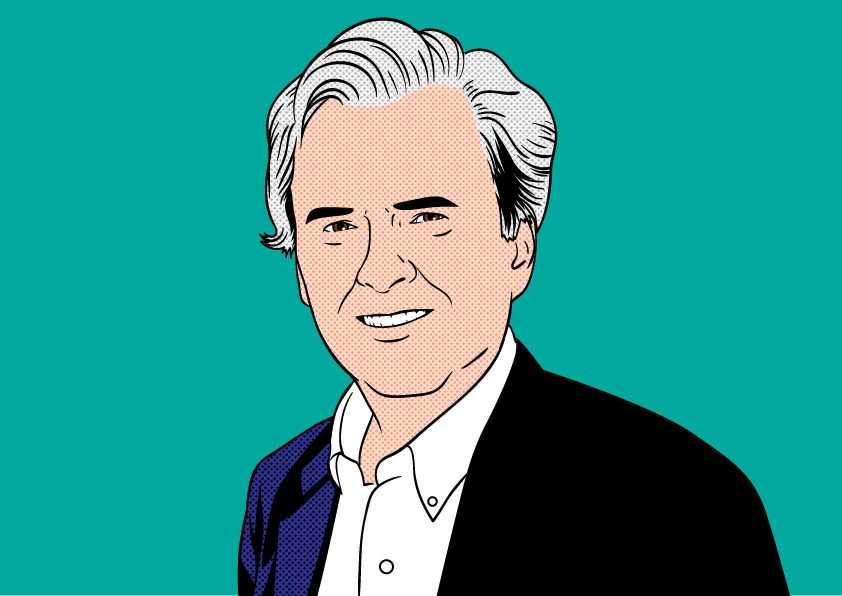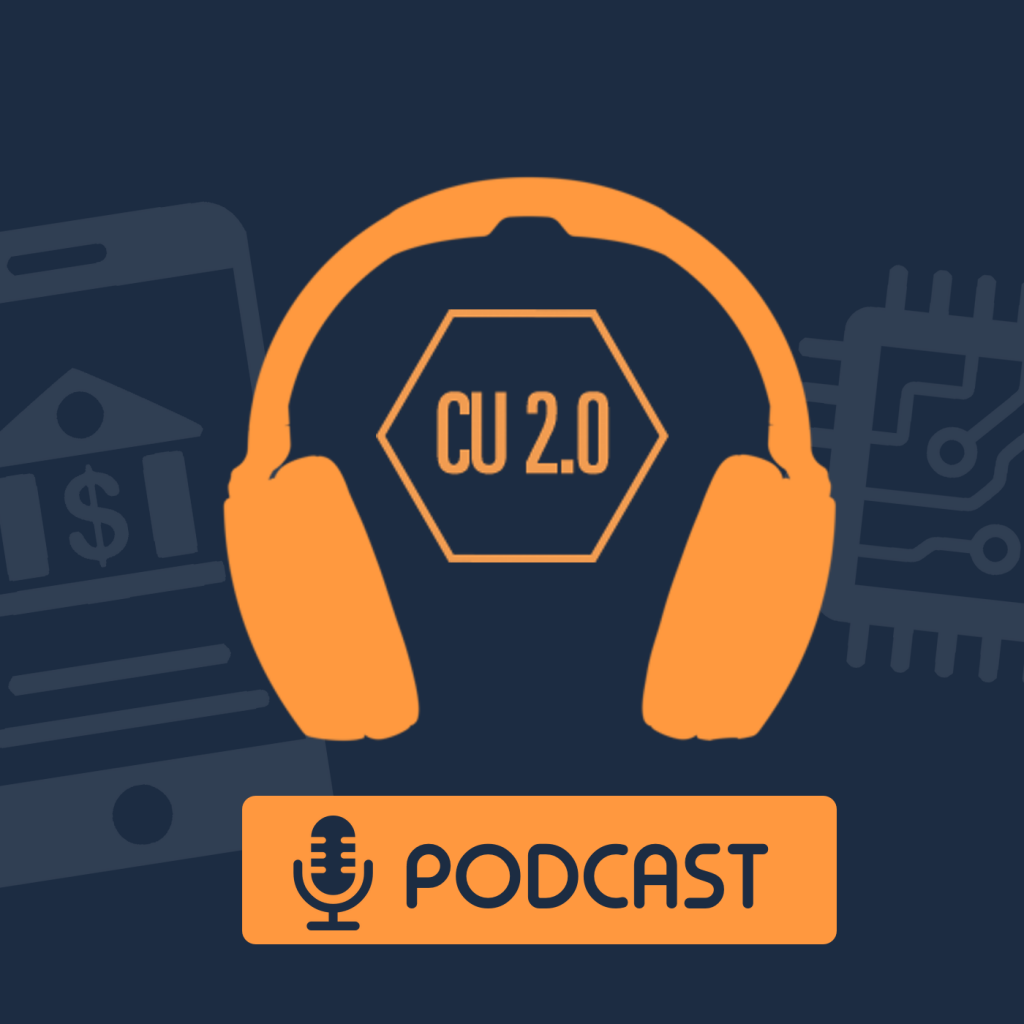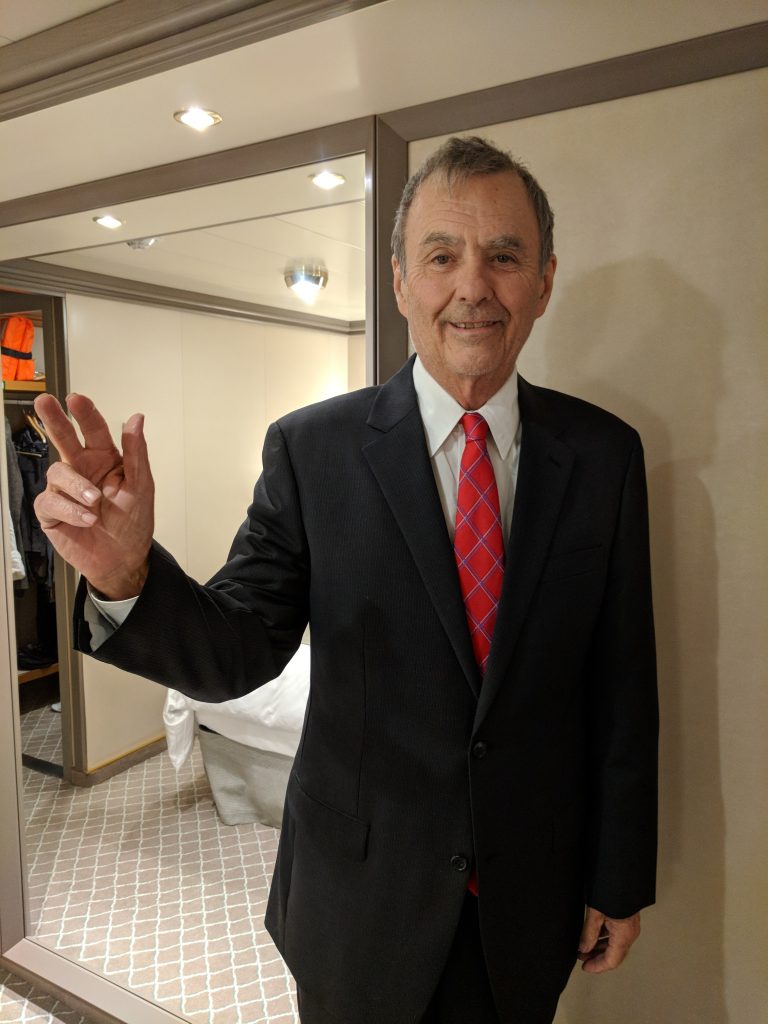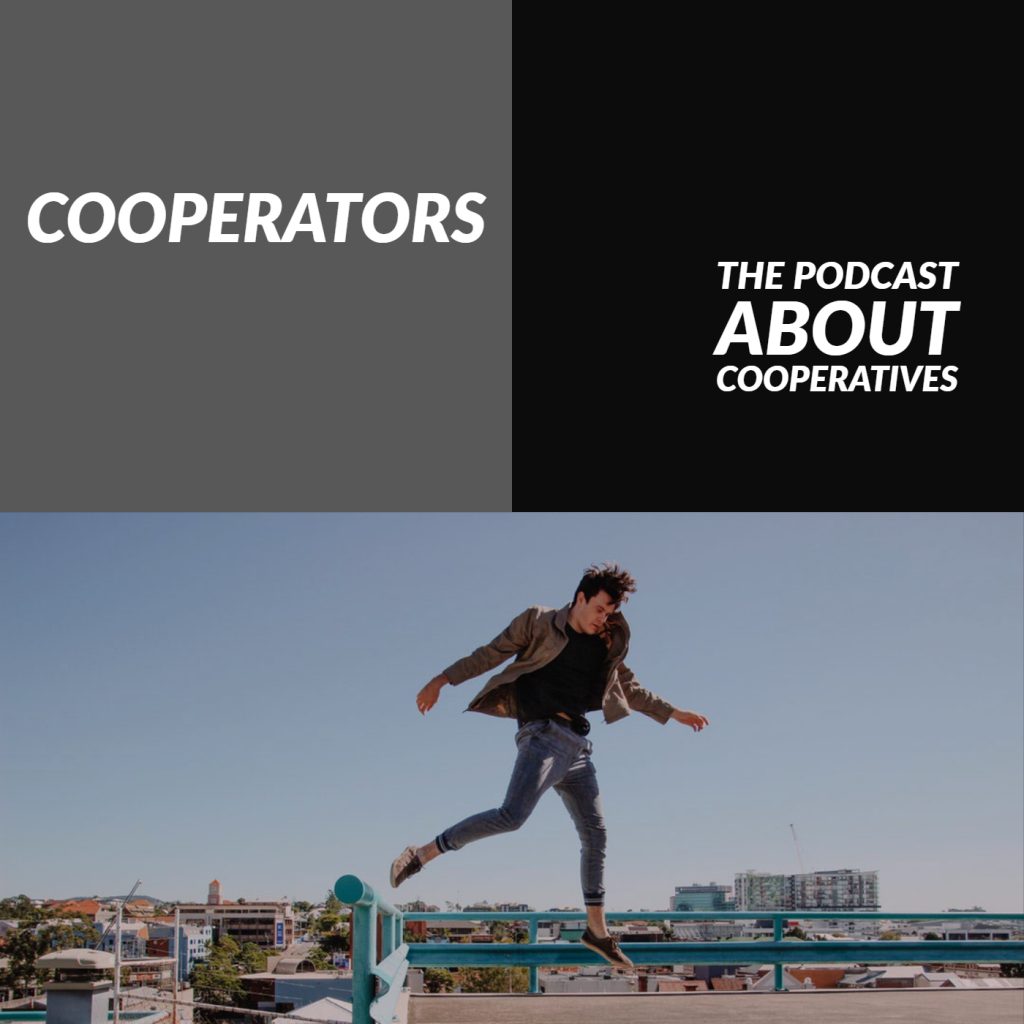The Cooperators Episode 19 Chris Mitchell on Rural Broadband and Co-Ops
Podcast: Play in new window | Download (Duration: 38:52 — 53.4MB)
Subscribe: Apple Podcasts | RSS
If you live in the sticks and want broadband, Chris Mitchell is the man to know.
If you are a cooperator and want to hear a co-op success story, Chris Mitchell also is the man to know.
That’s because – as director of the Community Broadband Initiative – Mitchell knows the reality of what’s happening in bringing high speed Internet to rural America. He also records a weekly podcast, Broadband Bits. It’s a good listen.
By his estimate maybe 85% of the lower 48 states land mass lacks high speed Internet.
By contrast, 90% of significantly populated areas have that access.
This is about a whole lot more than streaming porn and playing online games. It many ways it’s about the life of rural America, much of which faces a depopulation crisis.
Good broadband just may cure that.
Nobody thinks broadband alone will keep folks on the farm. But a lack of broadband just may be enough to send them packing.
Where do co-ops fit in? As heroes in fact, roles played in much of the country by both electric co-ops and telephone co-ops (of which there are many hundreds by Mitchell’s count).
A few decades ago the telephone co-ops began to offer broadband. In the last decade the electric co-ops – generally much bigger companies with deeper pockets – have entered the picture.
Mitchell expects a stampede of co-ops entering the fight.
This all is reminiscent of the rural electrification project that brought light to the countryside in the FDR New Deal.
It worked then. Mitchell believes it will work again and is optimistic that rural America doon will enjoy quality broadband, very possibly better than what urban America gets.
“The solution is in view,” Mitchell said. “There’s little that would stop co-ops from solving this problem.”
Like what you are hearing? The Cooperators Podcast seeks sponsors and supporters to help us spread the word about cooperatives and how they often are the better way. Contact Robert McGarvey to find out what you can do to sustain this podcast.





